
Pet stores want to make money selling fish, so they often sell novice hobbyist a lot of decent-sized fish with the new aquarium they have purchased. The novice sets up the aquarium, puts in the water with some chlorine neutralizer, and adds a sizable number of fish.
As is normal with a novice, they feed the fish too much (the directions on the food containers are easily three to five times what should be fed!). In two months, all the fish are dead. And the novice puts their aquarium on the shelf in the garage and gives up the hobby.
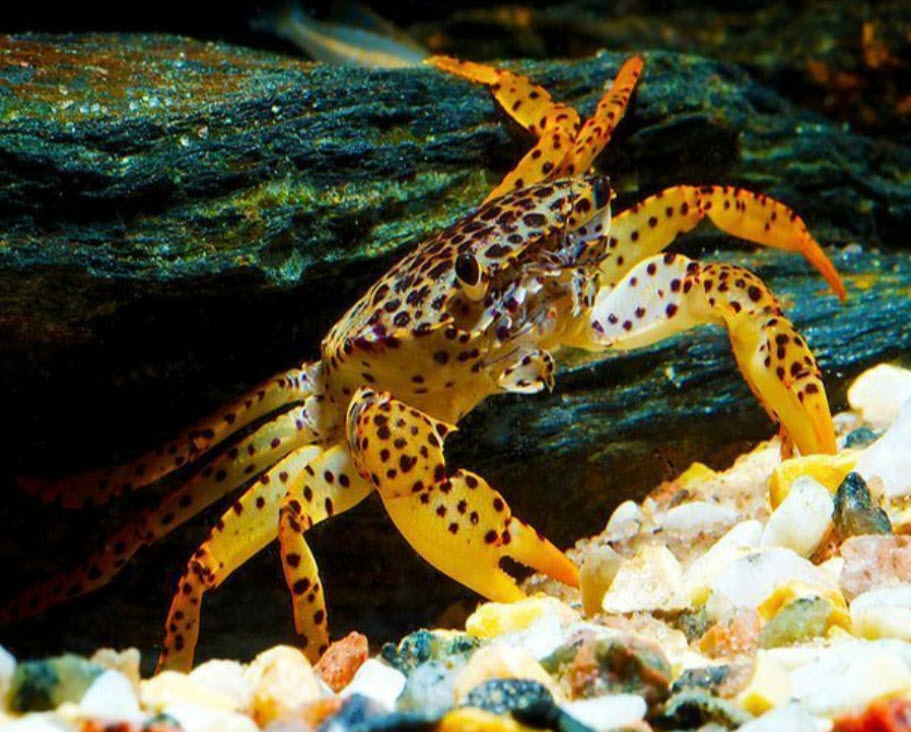
This is called the “New Tank Syndrome”. Now 99% of the well meaning commentators on social media will tell one that ammonia poisoning killed the fish. This isn’t true most of the time. The pH of an aquarium has to be over 8.6 or so before ammonia becomes very toxic. In actuality, the excess food produces bacterial toxins by a cascade and the fish died. Bacterial toxins are produced by a combination of several things:
- Stocking too many or too large fish
- Over-feeding
- Low aeration
- Poor biofiltration
- A filter that is not cycled
It is amazing how many beginners have ALL of these things going on. Any combination of these things can kill all the fish in a tank overnight. Both stocking too many fish and overfeeding will result in too many bacteria in the water column. Low aeration gives low oxygen levels in the water. Low oxygen levels are conditions where the toxin-producing bacteria thrive.
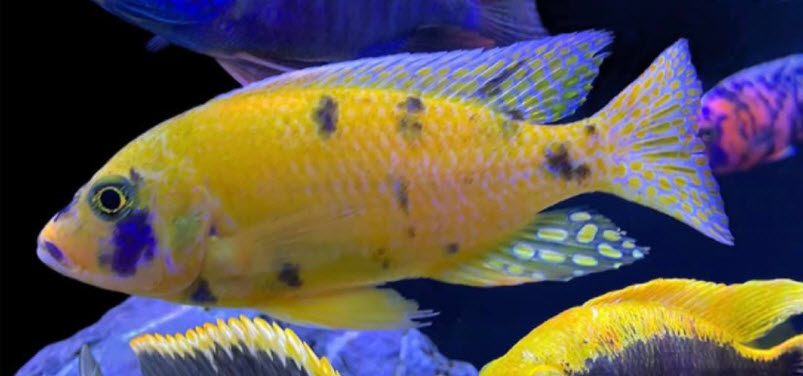
The biggest mistake beginners do is to overstock and over-feed their fish. There is a line of causation that goes like this:
- The beginner overfeeds a large volume of fish (like seven platies in a ten-gallon tank).
- The tank may have poor aeration which causes low oxygen levels
- The excess food and (sometimes) low oxygen grow some nasty bacteria
- These bacteria produce organic toxins
- The organic toxins kill the fish AND/OR
- The stressed fish also have to devote much of their immune system to fight off the excess bacteria in the water column.
- So the fish have fewer immune system resources to devote to pathogens so they die from diseases like columnaris or tetrahymena.
Note that it is normally not ammonia or nitrite that kills the fish. It is normally the organic toxins, low oxygen, and pathogens that kill the fish. Sometimes excess ammonia and nitrite can contribute to the problem, especially if the pH is very high (>8.6) or low (<6.5).
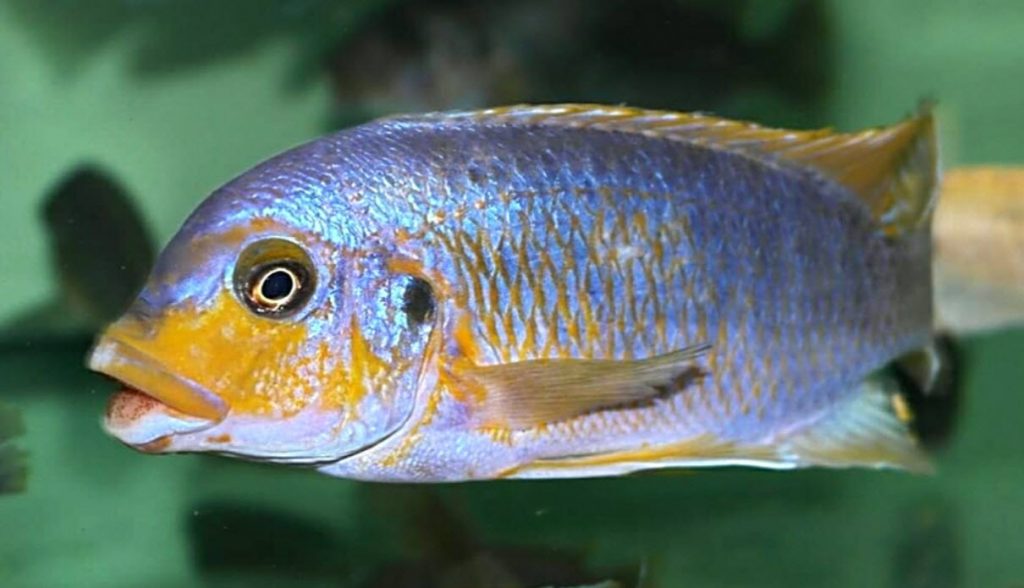
One must understand this only happens when people get too many fish and/or feed their fish too much. It does not occur if one gets only gets small amounts of fish and feeds a small amount with a pH lower than 8.6. But “New Tank Syndrome” is useful for selling products that guarantee an “instant start” in the aquarium so it will continue to be claimed as a very common occurrence on social media.
One note about fish in cycling. Fish in cycling allows heterotrophic bacteria to “bloom” in the water. This “bacterial bloom” is what causes cloudy water. The vast majority of the time the bacteria causing the “bloom” are “benign” and do not hurt the fish. But sometimes the “bloom” is caused by pathogenic bacteria (i.e. disease-causing bacteria). When this happens a whole tank of fish can die overnight. There is no way to know if the bacteria reproducing in the water of a tank are benign or pathogenic. This “bloom” of pathogenic bacteria is rare, but it seems to happen occasionally.
Note there is a second version of “New Tank Syndrome”. Pet stores want to make money selling fish, so they often sell the novice hobbyist a bunch of fish with the new aquarium they have purchased. AND they sell the new hobbyist a bunch of bottled “nitrifying bacteria-in-a-bottle” or “ammonia neutralizing” chemicals which are supposed to instantly cycle an aquarium.
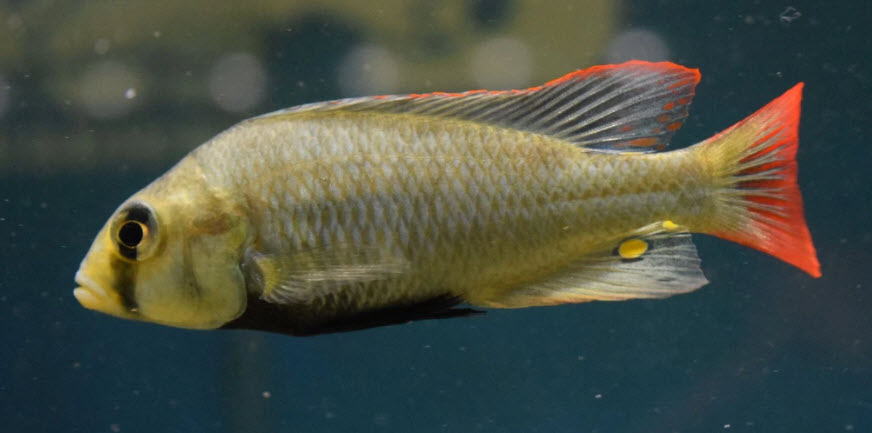
The novice sets up the aquarium, puts in the water with the “instant starter”, and adds a lot of fish. As is normal with a novice, they feed the fish too much. In two months, all the fish are dead. And the novice puts their aquarium on the shelf in the garage and gives up the hobby.
Then there is a third version of “New Tank Syndrome”. Someone sets up a tank and puts in some fish without cycling the tank. When the fish are put in the aquarium, one fish dies of shock. The death isn’t noticed. Because the fish are skittish and in shock they don’t eat the dead fish. The dead fish decomposes.
The decomposition products include a bunch of organic toxins (NOT ammonia) which kill most of the other fish in the tank overnight. And the new hobbyist comes on social media with their story. Everyone on social media tells them ammonia killed their fish because the tank wasn’t cycled. Ammonia only kills slowly, not overnight.
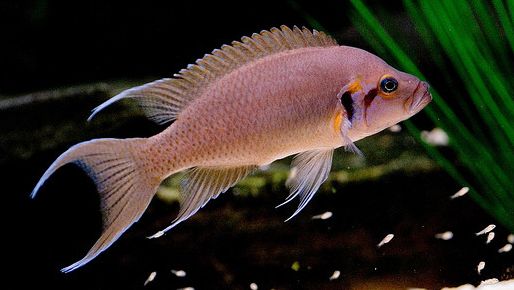
.
Cautions About New Tanks
Off the shelf “nitrifying bacteria” are of no use per a test run on them. A test was run on “bacteria-in-a-bottle” using eleven commercial products and they were all found to be useless. See the following link:
2.8 Bacteria-in-a-bottle
Note there is no use for Prime or other chemical additions during cycling. You can’t “detoxify” ammonia with chemicals. More about that in:
2.9. “Instant Cycling” Chemicals
There are no shortcuts when it comes to cycling an aquarium. The only way to remove the ammonia which fish urinate (technically fish excrete the ammonia through their gills but that’s not important) is using Mother Nature’s way, namely “beneficial bacteria”. These “beneficial bacteria” and only these “beneficial bacteria” can oxidize ammonia to much friendlier nitrate. These “beneficial bacteria” grow in the filter and the substrate and form what is known as the “biofilter”.
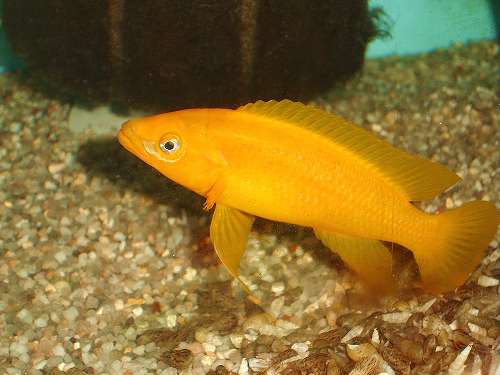
The biggest mistake beginners do is to over-feed their fish. Fish are cold-blooded creatures that do not need a lot of food. Uneaten food in the aquarium produces bacteria. Bacteria produce toxins. And those toxins can kill fish.
Do not feed more than the fish can consume in one minute once per day.
.
Return to Cycling Menu
.
Aquarium Science Website
The chapters listed below or on the right side in maroon lead to close to 400 articles on all aspects of keeping a freshwater aquarium. These articles have NO links to profit-making sites and are thus unbiased in their recommendations, unlike all the for-profit sites you will find with Google. Bookmark and browse!
.

Leave a Reply